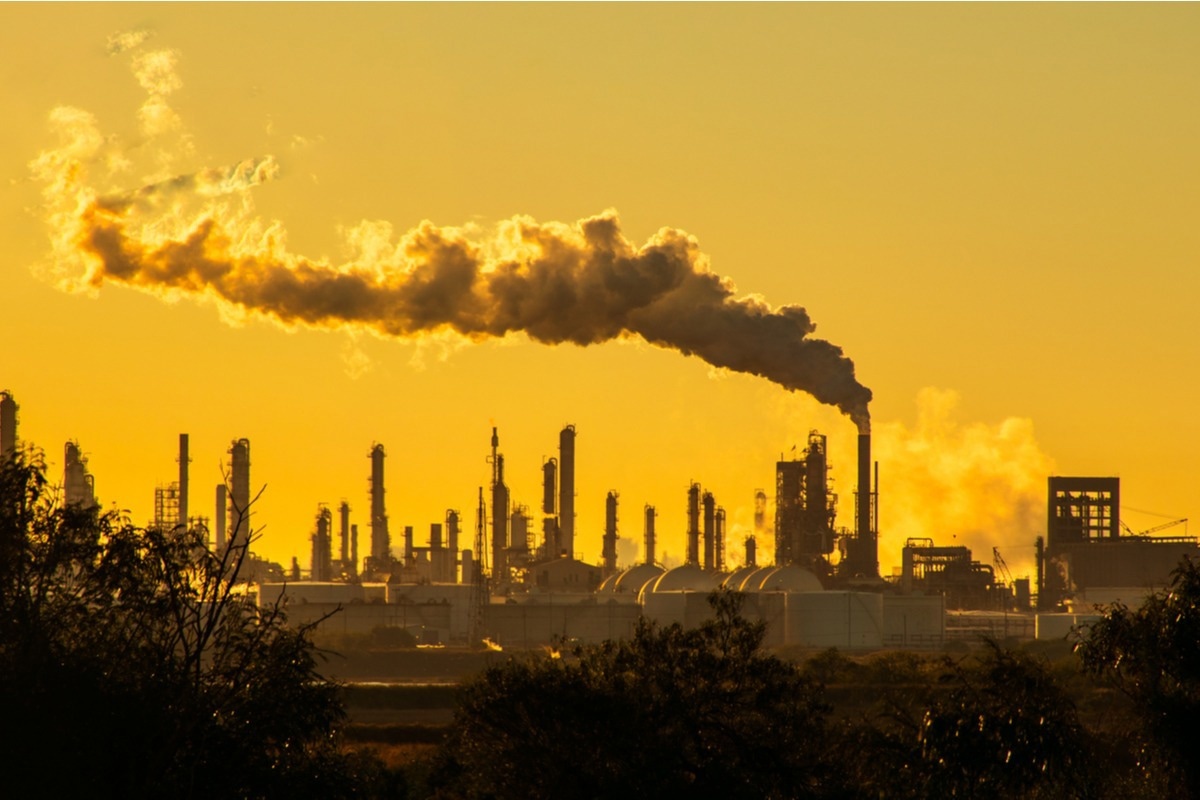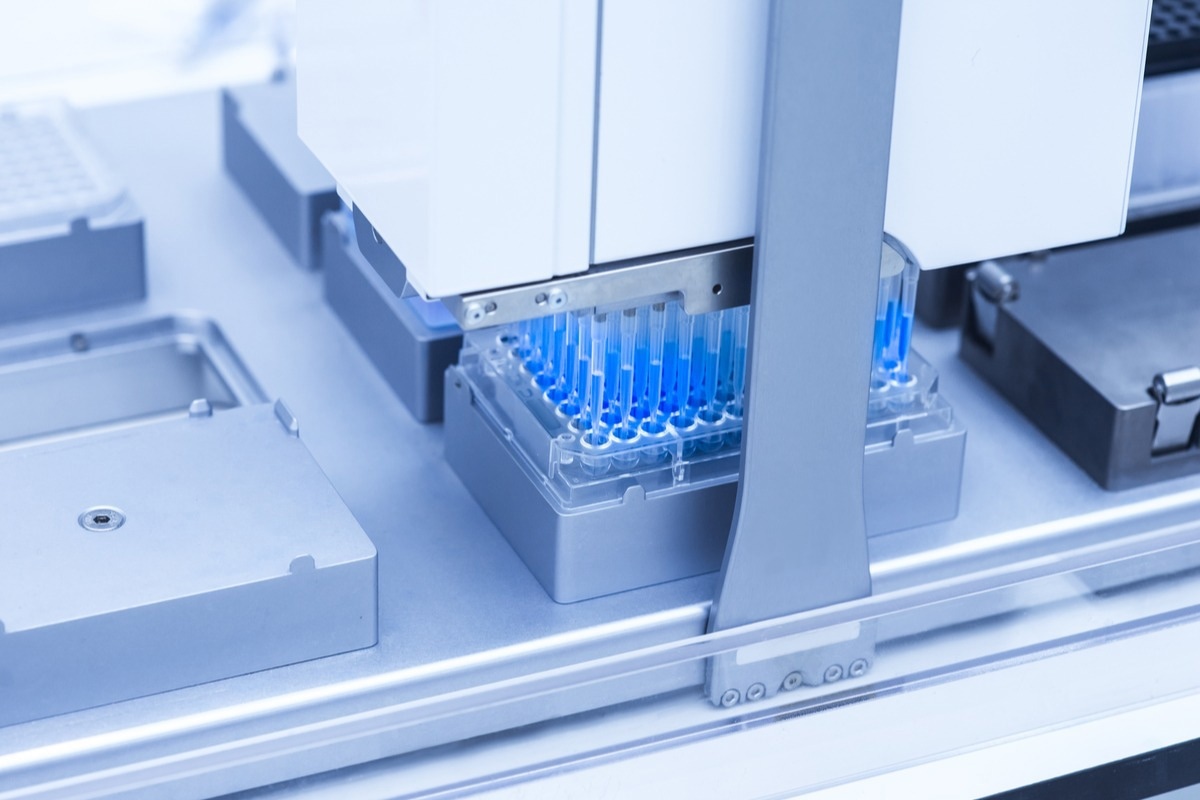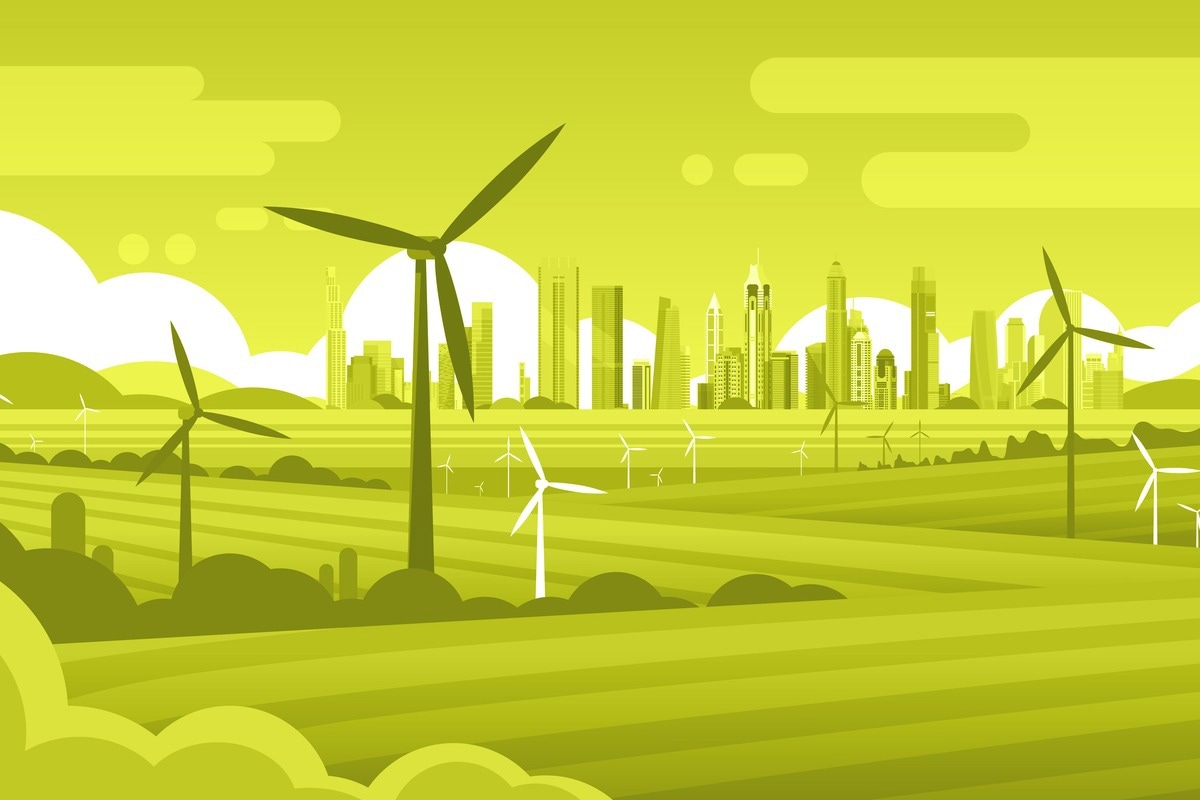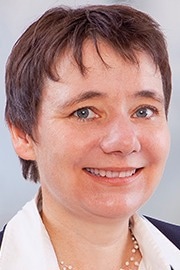As part of our SLAS Europe 2022 coverage, we speak to Dr. Kerstin Hermuth-Kleinschmidt, a sustainability consultant with NIUB, about improving sustainability in the life sciences to help create a healthier tomorrow.
Please introduce yourself and tell us what inspired your career in sustainability?
My name is Kerstin Hermuth-Kleinschmidt, and I am a sustainability consultant with NIUB. I focus on sustainability in the life sciences, providing support for labs and companies that would like to become more sustainable.
As for my background, I graduated in chemistry and did my Ph.D. in microbiology. I then worked in the life sciences industry in a sales position and also in tech support. When I was on parental leave and was thinking about returning to work, I decided that I wanted to do something with an impact. What I have managed to do is to combine my professional background with sustainability and founded my own company, which focuses on sustainability in the life sciences.
Sustainability for the Life Sciences - Kerstin Hermuth-Kleinschmidt at SLAS EU 2022
You are taking part in a panel discussion at SLAS EU 2022 titled ‘Sustainability in the Lab’. What can people expect from this talk, and why are open-discussions surrounding sustainable science so crucial in today’s world?
We are three panelists, Tim Dillon from Mettler-Toledo Rainin, LLC, Ali Safavi from Grenova Inc and myself. All three of us are bringing in our experiences on sustainability in the lab. It is about discussing how, together, we can move to more sustainable companies and more sustainable labs. Crucially, it is also about how to adopt these changes: how we can transform and create a culture of sustainability in companies and in the lab.
Finally, it is about raising awareness. Some awareness is already there, so now it is about how to engage people, how to encourage them, and how to take action. Mutual exchange is one of the most important aspects. Therefore, we also allow the audience to ask questions and share their thoughts. Finally, another important thing is also to show that there is already a large network of people who are taking care of this issue. In principle, all the concepts and ideas are already there, but we now have to implement them.
Despite increased attention in recent years, many life sciences companies are still yet to make the switch to more sustainable practices. What do you believe to be some of the reasons behind this?
Many people think that sustainability is expensive, and although they consider it “nice to have”, it is not a must - and yet, at the same time, we are all facing the same climate emergency. We have to act, and if companies do not, that inaction becomes even more expensive. For instance, if you recall the bout of extreme weather in 2018, there was a drought in Germany, so the river levels dropped. This meant that shipping was not possible, and there were supply bottlenecks. Production had to be stopped. As a result, BASF lost 250 million euros.
So, I like to pose the question about which is ultimately more expensive: to invest in sustainability - or not to? We are all aware of the answer, but at the same time, people are afraid of change, of transformation. Perhaps they have no idea where to start, how to proceed, or also how to encourage people. I think this is still a great hindrance. Secondly, we are also hindered by “old thinking”, assuming that real change is not yet necessary or that we will have a technology-based solution. Technology will do its part, but we also need to rethink many of our current practices and business routines.
And you have to be aware that politics is changing: At the EU level, there is the Green Deal, which is moving in the right direction, with some cutbacks, or the Corporate Sustainability Reporting Directive, which will require companies to report non-financially from 2024.
So, companies will have to change if they want to be prepared for the future – and they should embrace it as a chance and start right now with new ideas, innovative solutions, and a real statement for sustainability.
The World Health Organization (WHO) for this year’s World Health Day gave the theme ‘Our Planet, Our Health’, in recognition of the effects climate change is not only having on the planet but on our health. Why do you think this level of international awareness surrounding climate change is important?
I think because it is a global problem and that means we have to work together. This is the only solution to tackle climate change. We already see clear impacts of climate change on health: extreme weather is leading to death, illnesses, malnutrition due to difficulties with food production, and so on. Only if we work together and if we see ourselves as a global community we can act against the consequences of the current climate crisis.
The second we need to implement is the so-called cathedral thinking. This concept hinges on people who lived in the Middle Ages and began to build cathedrals - despite knowing they would never see the outcome. This is the same with climate change – we will not see any changes from our efforts now, but the future generation will hugely benefit from this mindset.
 Image Credit: Roschetzky Photography/Shutterstock
Image Credit: Roschetzky Photography/Shutterstock
What advice would you give to a laboratory or life science company looking to become more sustainable, but they're unsure of when to start?
I think the most important thing is that they are aware of their impact on energy.
A laboratory-quality freezer set to -80 degrees uses as much energy as a single-family house, or even more. It is vital to look inwards and for labs to ask themselves: ‘What is our impact?’ ‘How many resources are we using?’
The second tip is to start with easy things. So, for example, turning off instruments that are in standby mode can have a huge impact. Or knowing the exact heating or cooling time of your instruments: Do you know them or are you just starting them in the morning when entering the lab?
The third tip concerns plastics and consumables: stick to the 5 Rs: Reduce wherever possible, Reuse consumables – made of glass or made of plastics - for non-critical applications, Recycle and look out for recycling programs e.g. for pipette boxes or cell culture flasks, Replace plastic items by glass or other materials wherever feasible and Rethink your methods, materials and especially your routines.
Finally, stick to the principles of green chemistry respectively green analytical chemistry: reduce resources like chemicals, solvents, energy in your experimental settings which will also reduce your waste, use non-hazardous solvents wherever possible, and use keywords like sustainable, green or energy-efficient when you search for new methods.
For companies, it is important to think about their mission statement: how they can integrate sustainability within their mission, within their strategy, and then implement it in their organization. Here, it is necessary to use instruments, e.g., to calculate their CO2 emissions, to use environmental management systems like ISO 14 001, to look into the sustainable development goals, SDGs, and align your strategy to these – all of these are achievable, measurable ways in which sustainability can be achieved.
You currently offer seminars, workshops, and consultations for labs and companies wanting to implement sustainable practices in their life sciences research. Can you tell us more about how you help implement and monitor these processes?
I am currently running a lot of workshops, showing the attendees best practices; how to start; where to start; and discussing what is feasible. I always ask them to think about what they can change. What can you learn and implement from these best practices? What can you start with tomorrow?
For people working in the lab, I offer the so-called ‘Eco-mapping’ method. This is a method that comes from the environmental management system and involves taking a close look at the environmental aspects in the laboratory. It works by giving the lab team a floor plan (the ‘ecomap’), which comes with a checklist, and each team then focuses on one environmental aspect, like energy, waste, water, organization of the lab, consumables, and chemicals. The teams then walk through the lab looking for things they notice: for instance, in the case of energy, they might look to see if instruments are on standby but not being used. If this is found, they take a photograph, record it directly on the floor plan, and rate what they noticed by urgency. The next day, the whole team comes together and we discuss possible actions and create an action plan. I accompany the team on site on both days. After six months, an evaluation of the implemented actions takes place and I compile up a report of the taken actions for their internal as well as external use and documentation.
 Image Credit: Denis Starostin/Shutterstock
Image Credit: Denis Starostin/Shutterstock
What are some of the advantages, excluding environmental benefits, for a company to turn to sustainable practices within their lab?
As I have mentioned, there is a clear economic advantage of sustainability. If you are looking into the processes where you can save energy and make processes more efficient, this practice saves you money.
In addition, considering the lab itself, there are also advantages of safety. For instance, exchanging a solvent for a non-hazardous alternative makes working healthier and safer. Last but not least, it's also about increasing the recognition of your company and making it more attractive: for your employees who are proud to work for such a company and for applicants who care about sustainability.
Are you hopeful that with continued attention, we will see more laboratories turning to sustainable practices? What would this mean for the future of tomorrow?
I believe that the sustainable lab idea is growing. When I began, people found it interesting, but there were not many labs undertaking the practices. Since approximately 2019, the movement has really been growing, and today there are a lot of green lab initiatives. These include My Green Lab, which is working globally, or a network in Europe called the Sustainable European Laboratories Network (SELN), where a lot of green lab initiatives from Europe are connecting. In the future, I hope universities and industries will only have green labs.
Despite starting your career off within chemistry and microbiology, you have been a leading voice in the scientific community surrounding sustainability. What has been your proudest career highlight?
My career highlight - and my motivation - is the change that I see. The fact that there is a growing interest in sustainability and a shift in thinking in labs to act more sustainably. My goal would be to achieve a real transformation in the lab and also in the life sciences companies to have sustainability truly implemented.
What is next for you? Are there any exciting projects upcoming that you are involved in?
There are several upcoming projects I am excited about, most of which are still in the planning phase or awaiting funding. I am also giving online seminars and workshops in autumn about how to work more sustainably in the lab and I’m looking forward to sharing that knowledge. You can check my website to be up to date on the next events.
I am also giving a webinar in German on the 15th of September together with a colleague on how to implement a sustainability strategy in life sciences companies. We are also planning an English version for this webinar.
 Image Credit: ProStockStudio/Shutterstock
Image Credit: ProStockStudio/Shutterstock
What are you excited for about SLAS EU 2022?
I am excited because it is a great place to network, to talk to people about sustainability and see what all the people from the different companies are showing in terms of new and sustainable products.
Where can readers find more information?
About Dr. Kerstin Hermuth-Kleinschmidt
Kerstin Hermuth-Kleinschmidt graduated in chemistry and holds a PhD in microbiology from the University of Freiburg. She worked for several years in sales and technical support in the life science industry, before she turned her attention to the topic of sustainability.
support in the life science industry, before she turned her attention to the topic of sustainability.
As an independent consultant, speaker, and author of publications on various aspects of sustainability, her focus is now on the implementation and monitoring of sustainability processes and the practical implementation of sustainability in scientific work and research.
She offers workshops and lectures on specific aspects of sustainability in laboratory and research work and in the context of life sciences companies as well as individual support. Since 2017, she has also been teaching at the Center for Applied Cultural Studies (ZAK) at KIT Karlsruhe as part of the "Sustainable Development" degree program.
As a member of EGNATON since 2014, she has contributed to the development of EGNATON-CERT, the first certification system for sustainable laboratory technologies, and is now part of the audit team.